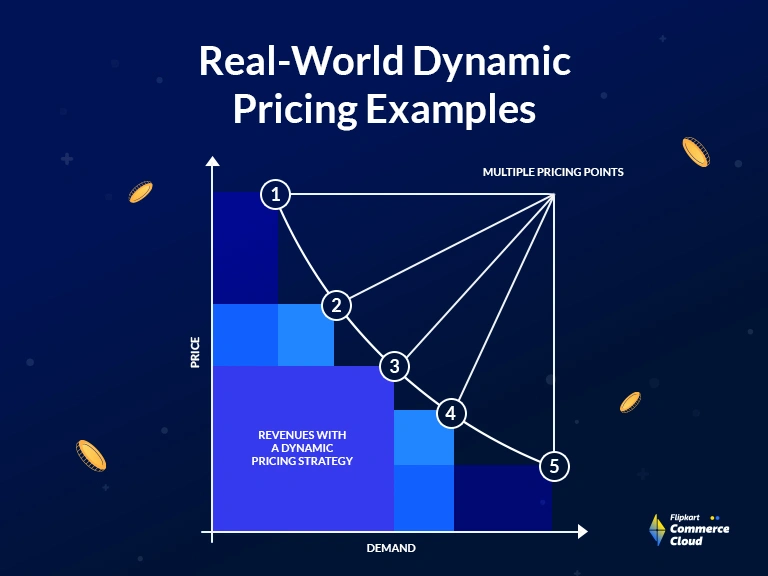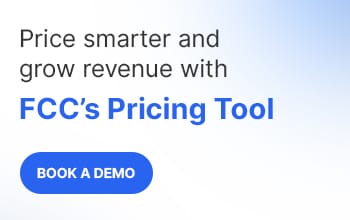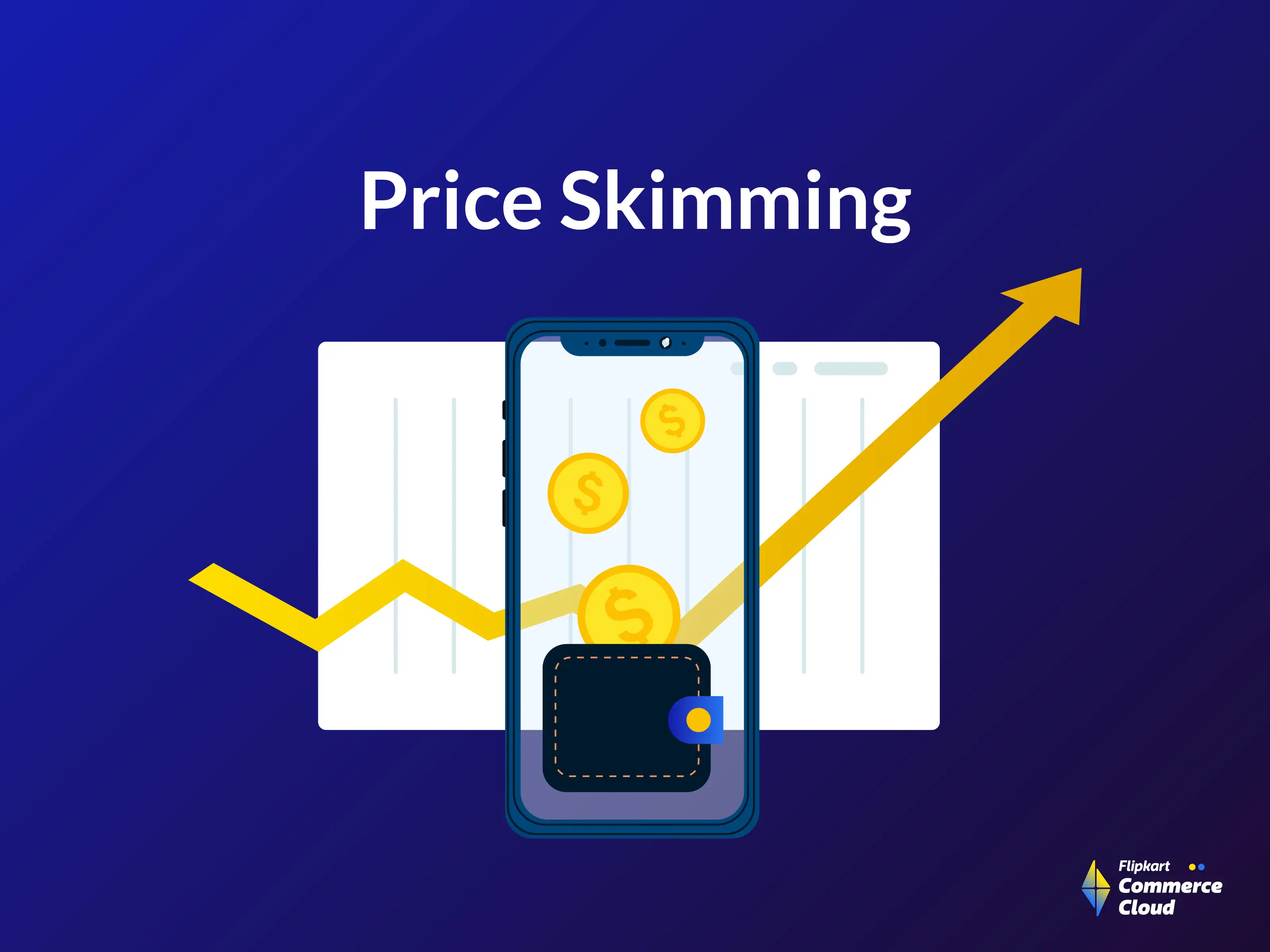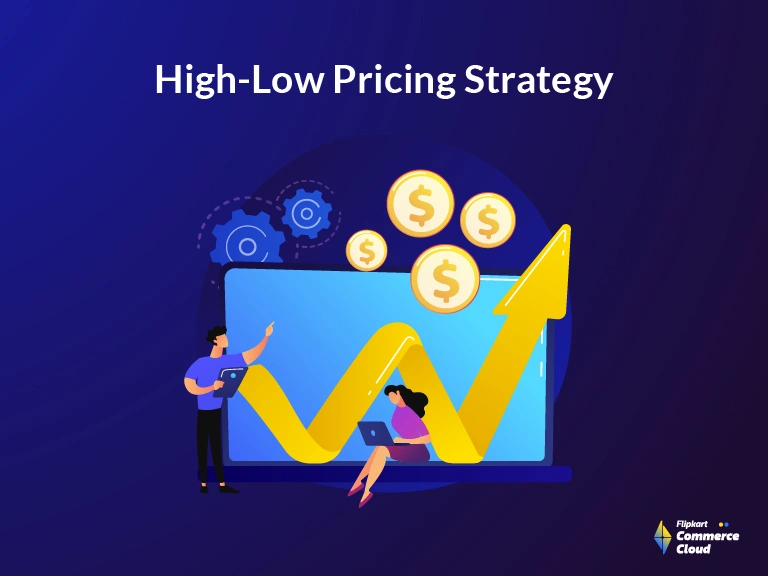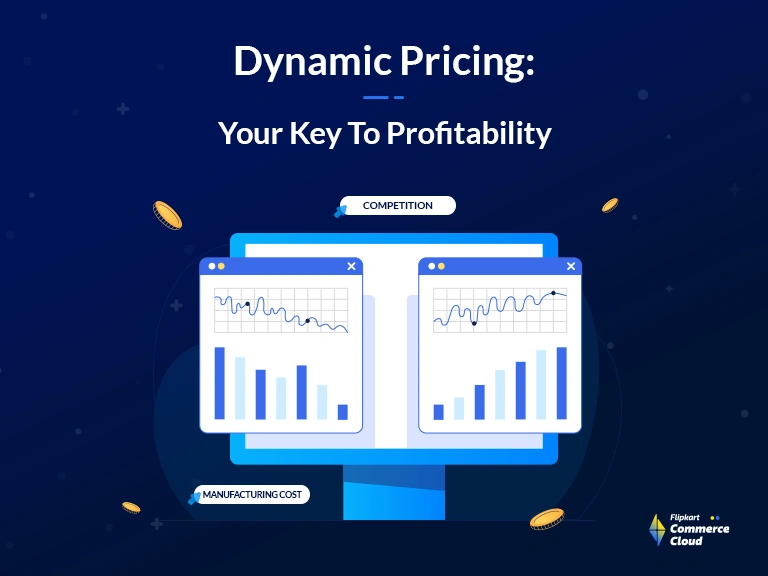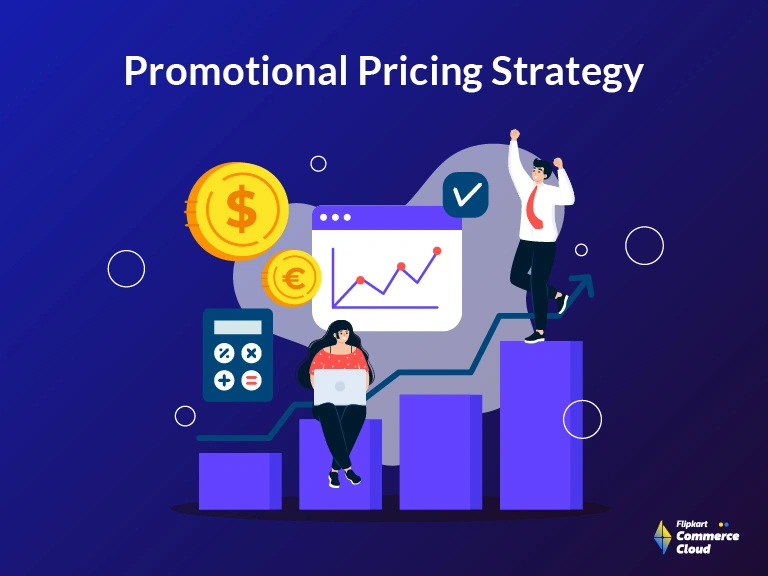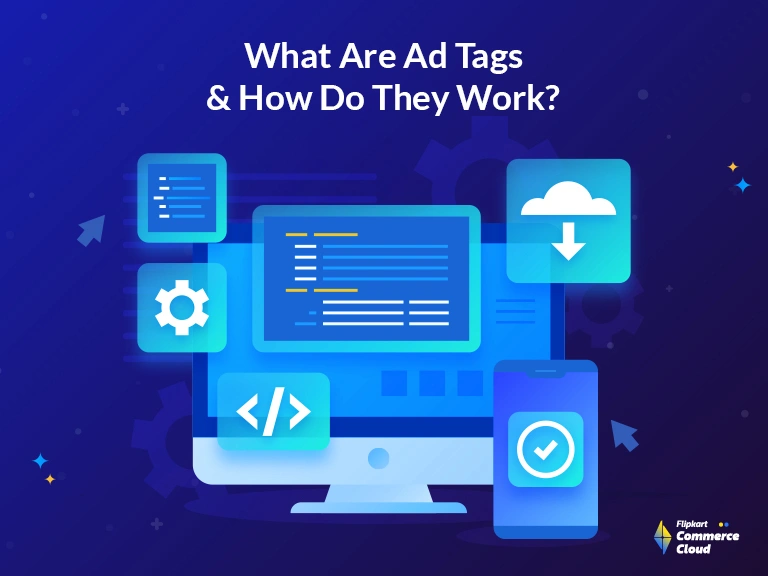Dynamic pricing strategy: A quick recap
Dynamic pricing is a key to success for e-commerce and retail businesses today. It’s not merely about setting prices but rather a comprehensive strategy that optimizes revenue, balances supply, and demand, and provides a competitive advantage to businesses. By using dynamic pricing, they can efficiently segment their audience and adjust prices based on what customers are willing to pay. This allows for close monitoring of inventory stock, leading to the efficient allocation of resources.
For instance, airlines adjust ticket prices based on seat availability using dynamic pricing, while Uber’s surge pricing adjusts costs to manage customer flow effectively. In addition, dynamic pricing can offer targeted discounts or premium pricing depending on the customer. This is especially beneficial in industries such as hospitality, where fluctuating demand could lead to wasted resources. Its agility enables quick responsiveness to seasonal and event-driven market changes, while sophisticated algorithms can inform pricing, inventory management, and marketing strategies.
With dynamic pricing, businesses have the opportunity to make data-driven decisions that can have a major impact on their bottom line. In this blog, we will discuss real-world examples of how companies across industries use dynamic pricing to grow their business. Read along!
5 Real World Examples of Dynamic Pricing
From e-commerce giants like Amazon to service-based platforms like Uber, let’s discover how companies across different industries leverage dynamic pricing.
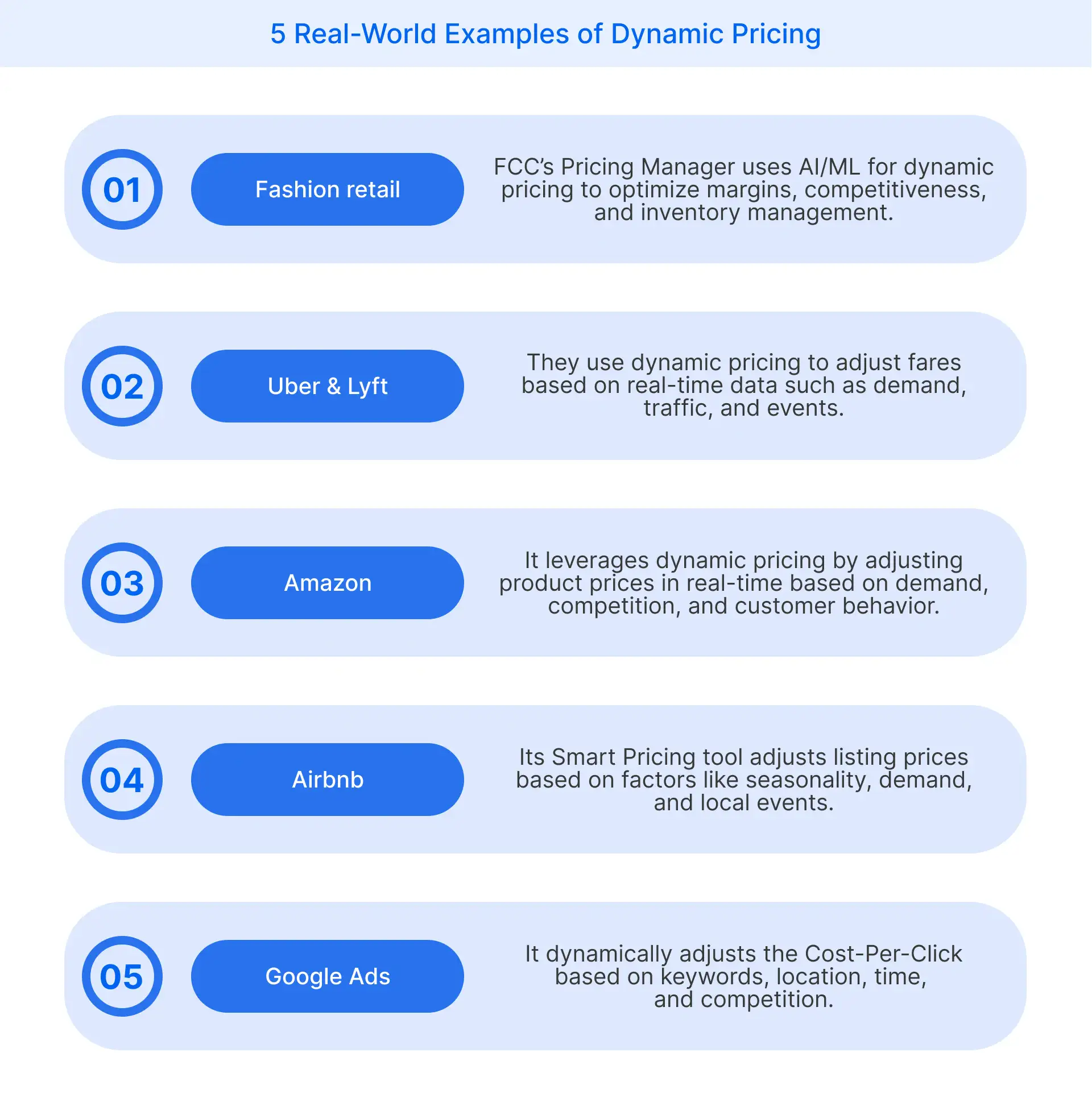
Dynamic pricing Example #1: Fashion retail with FCC's Pricing Manager
How Flipkart Commerce Cloud’s Pricing Manager combines Dynamic Pricing with AI/ML for enhanced margins
As a robust retail media platform FCC has been at the forefront of helping clients in growing their business. Leveraging AI/ML capabilities of our Pricing Manager platform, we implemented a dynamic pricing strategy for one of our clients in the rapidly growing fashion accessories category. Previously, the client struggled to maintain competitive pricing against aggressive pricing and promotional strategies of their competitors. Moreover, they were finding it difficult to manually track the SKU’s for cost and inventory changes and competitive pricing.
As the fashion accessory brand was looking to maximize margins, revenues, and competitiveness, FCC’s Pricing Manager offered the perfect solution. The Pricing Manager implemented rule-based and predictive pricing strategies to keep up with their competitors without expending too much effort. The state-of-the-art tool allows dynamic pricing alongside predefined business rules and objectives by scanning SKU’s historical data and aligning it with the client’s current business objectives.
The rule-based strategy is further strengthened by the human-in-the-loop feedback, creating a perfect symbiotic relationship between the AI and human. By implementing the Pricing Manager, the client strengthened existing pricing practices and operational efficiencies while improving margins by 30% and increasing competitiveness by 500 bps while maintaining a stable top line. You can check out the complete case study here.
Dynamic Pricing Example #2: Ride-sharing platforms like Uber & Lyft
Uber and Lyft have had enormous market success thanks to dynamic pricing algorithms. These algorithms provide many advantages for both the companies and their customers by solving various problems. Uber alone boasts over 93 million active users worldwide, showcasing the impact of dynamic pricing on the ride-sharing industry. . Uber’s dynamic pricing is built upon a foundation of real-time data that accounts for market conditions such as:
- Time and distance
- Predicted route
- Estimated traffic
- Peak hours
- Current rider-to-driver demand
- Seasonal holidays, events, etc
Uber’s dynamic pricing algorithm leverages machine learning and considers various personal and external factors. Examples include global news events, weather, historical data, holidays, time of day and traffic levels. The comprehensive approach helps Uber better manage rider requests by incentivizing more drivers to hit the road when demand increases using dynamic pricing.
Uber’s “surge pricing” is used to manage capacity constraints and maintain an equilibrium between supply and demand. This helps boost profits for the company while ensuring that taxis are available for all customers’ needs.
While both Uber and Lyft use machine learning to power their dynamic pricing models. Uber uses multiplier to increase the prices during surge pricing. For example, if the surge multiplier is 3.0, the price of the rise will be thrice the standard fare. Lyft, on the other hand, uses percentage increase during surge pricing. So if the Prime Time is 50%, the price of the ride will be 50% higher than the standard.
Must Read: Pros And Cons Of Dynamic Pricing: Things You Need To Know
Dynamic Pricing Example #3: Amazon
Amazon, the leading e-retailer, is well-known for its dynamic pricing or repricing strategy. Leveraging data regarding user behavior, competitor prices, demand and supply, and market trends to alter product prices has been a major factor in Amazon’s success. It is estimated that Amazon increased its profits by around 25% due to this dynamic pricing strategy alone in 2016.
Amazon changes its product prices on average 2.5 million times per day, making it a go-to space for consumers as they can be sure of getting the best price. They harness their platform’s AI and ML capabilities to provide real-time reactions to market demand and customer behavior using data analysis and predictive modeling. This allows them to adjust pricing to maximize profitability. Amazon balances profitability and competitiveness with its dynamic pricing strategy while prioritizing customer satisfaction.
By gathering data from customers’ buying behavior, competitors, profit margins and inventory, the company is able to optimize profits, maintain its competitive edge in the market, and adapt quickly to any changes.
Dynamic Pricing Example #4: Airbnb
Airbnb is one of the most popular home rental marketplaces, with over 150 million active users. To help hosts get the most out of their listings and stay competitive in the market, Airbnb offers its dynamic pricing software, “Smart Pricing”. Hosts can optimize their revenue and efficiently automate pricing strategies for greater profitability.
Dynamic pricing gives hosts the flexibility to adjust their listing prices based on changes in demand. Hosts can set a minimum and maximum price range to ensure their listing remains profitable and competitive. Airbnb reports that hosts who select a price within 5% of their price recommendations are nearly 4x more likely to get booked, giving them greater visibility for potential guests.
To suggest the optimal room pricing, Airbnb’s dynamic considers variables such as:
- Seasonality
- Supply and demand
- Day of the week
- Special events and festivals
- Number of days left to book
- Historical performance of users’ listings
- Competitor occupancy and prices
- Number and quality of property reviews
Dynamic pricing example #5: Google Ads
Google leverages dynamic pricing to optimize the prices of its Google Ads. Its sophisticated algorithms consider multiple factors to determine the Cost-Per-Click (CPC) for each ad placement. This complexity ensures that advertisers and end-users get maximum value from the interaction. The following factors are taken into consideration while deciding the dynamic price range:
Keywords: High-demand keywords have a higher cost, driven by the principle of supply and demand.
Location: Businesses that target heavily populated areas often encounter more competition, which results in higher costs.
Time: Ad costs can vary based on the time of day, week, or even season, year-end holidays.
Audience: Advertisers can target specific audiences based on age, gender, region, and interests. Highly targeted audiences result in a higher CPC.
Quality Score: Google’s Quality Score includes relevance and quality along with the bid amount. A high-quality score ad may spend less than competitors while still achieving higher placement.
Competition: Ad space rates rise as competition increases.
4 Additional Examples of Dynamic Pricing From Other Industries
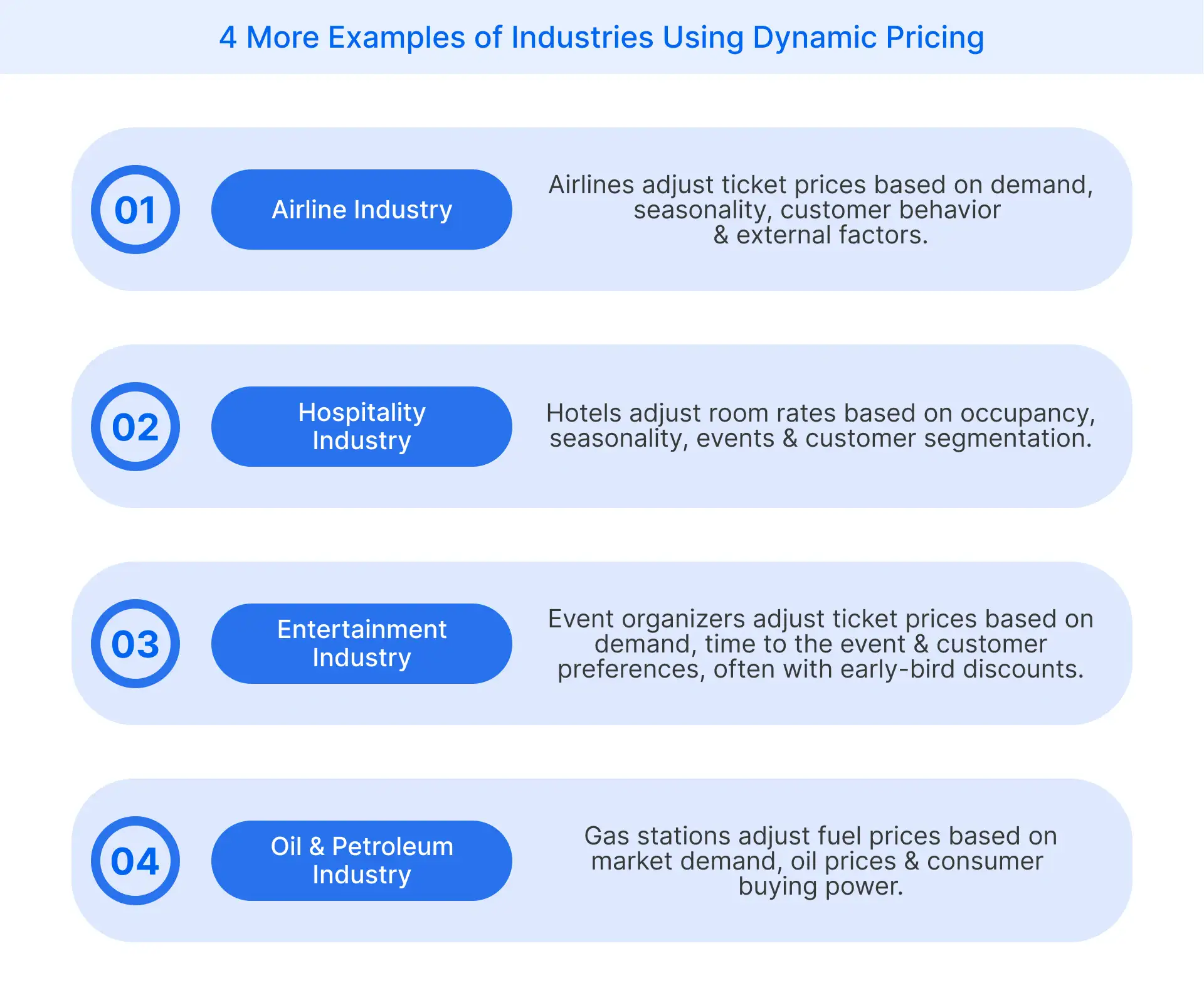
Airline Industry
Airlines often adjust ticket prices based on various factors, including demand, seasonality, flight time, customer booking patterns, competitor prices, weather and popular events, availability and seasonal peaks. They also consider external factors such as fuel price fluctuations to set competitive fares for their customers.
Today, airlines increasingly turn to context pricing to maximize their profits with dynamic pricing. This involves personalizing prices based on browsing history, purchase patterns, the type of device used for booking, and peak/off-peak travel times. Airline service providers also leverage customer segmentation to separate leisure from business users. Business travelers are more likely to book last-minute flights, so airlines often use behavioral data to motivate customers with bargaining opportunities.
Hospitality Industry
Dynamic pricing has become a norm for the hospitality industry, as customers of platforms like Airbnb have grown accustomed to regular rate changes. During peak periods, hotels increase their rates to capitalize on high demand, while during slower periods, they lower their prices to attract more guests.
They use internal factors such as current and past reservations, occupancy and cancellations, booking behavior, daily rates, room types, and external factors like time of booking, seasonality, local events, competitor pricing, and even weather forecasts to decide room rates. The industry also leverages personalization to maximize margins, such as segmenting customers into business and leisure travelers. This helps them tailor the price as business travelers are more likely to accept higher price points.
Entertainment Industry
Demand pricing is becoming increasingly popular in the entertainment industry due to its ability to adjust prices based on seasonality and demand. Event organizers often use a combination of supply, demand, and time variables to determine ticket prices. Generally, the closer it is to an event, the higher the price rises. Early-bird tickets are usually the most cost-effective option for buyers.
Companies can leverage more advanced algorithms to adjust ticket prices based on real-time demand. Incorporating customer data like location and preferences can fuel sales by offering value-based pricing. In addition, targeting the most dedicated fans with value-based pricing can help increase sales without compromising purchase probability.
Oil and Petroleum Industry
The oil industry is another brilliant example of industries using dynamic pricing. Factors such as the popularity of a gas station, oil prices and consumer buying power influences how much a customer will pay for fuel. This makes it difficult to predict the fuel cost on any given day, as prices are constantly shifting to match demand and adequately accommodate the market’s needs.
Don't lose out on profit: Start using dynamic pricing with FCC
Flipkart Commerce Cloud (FCC) transforms retail business with its revolutionary Dynamic Pricing Engine. Powered with cutting-edge machine learning technology,and proprietary game-theory based algorithm, our advanced dynamic pricing engine gives retailers more control over their pricing strategies by allowing them to craft personalized models and set their own rules and guidelines.
The user-friendly dashboards and insightful analytics reports are easy to use and can be scaled to an unlimited number of products and categories, which allow businesses to continuously evaluate pricing performance and make strategic refinements.
With the FCC’s Dynamic Pricing Engine, businesses are poised to increase sales by staying agile and responsive in an ever-changing marketplace. Some of the key features of FCC’s dynamic engine are:
- Highly customizable rule engine: Our highly customizable rule engine offers a tailored pricing strategy based on specific business targets and guidelines. This makes it easy to manage many categories and thousands of SKUs without sacrificing efficiency.
- Scalability: Our algorithm is designed to handle large volumes and has been tested across millions of SKUs and hundreds of categories, ensuring scalability and trust.
- Output simulator: With this feature, you can simulate various possibilities and ensure that your decisions are well-informed and will result in the best possible results.
- Volume and value filtration: With volume and value filtration, our engine can sift through large amounts of data to identify the most valuable categories and products. Coupled with FCC’s other solutions, businesses can have an up-to-date strategy based on market trends, competition, and supply and demand.
FCC’s dynamic pricing engine is a must-have for any business looking to succeed in an industry with cut-throat competition. With FCC’s dynamic pricing engine, you can enjoy robust scalability and customizability that perfectly aligns with your business needs, giving you the edge you need to stay ahead of the competition.
Schedule a call with our pricing expert to know more!
